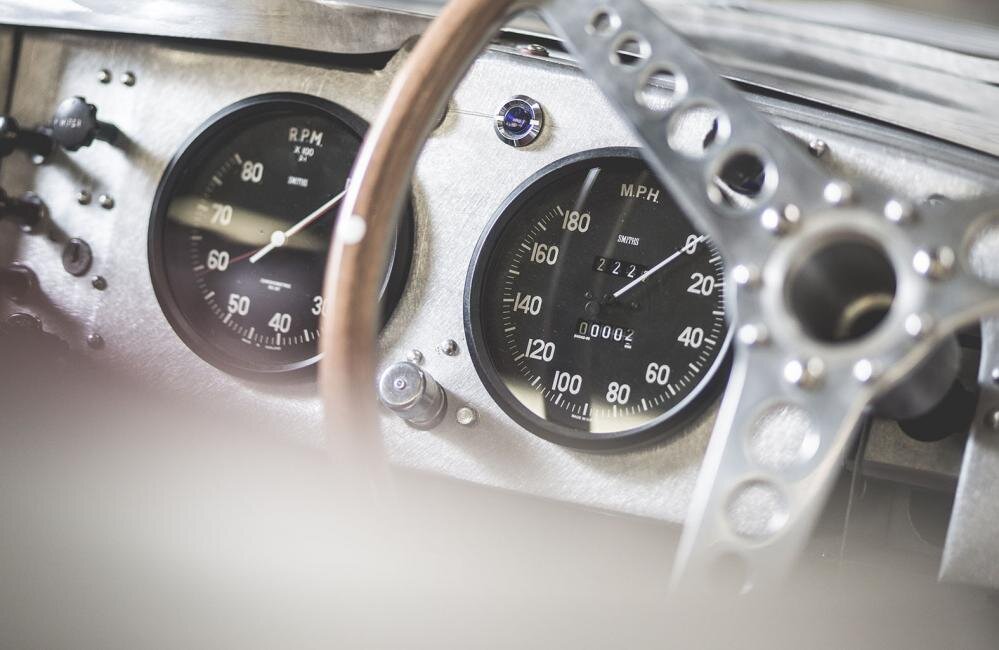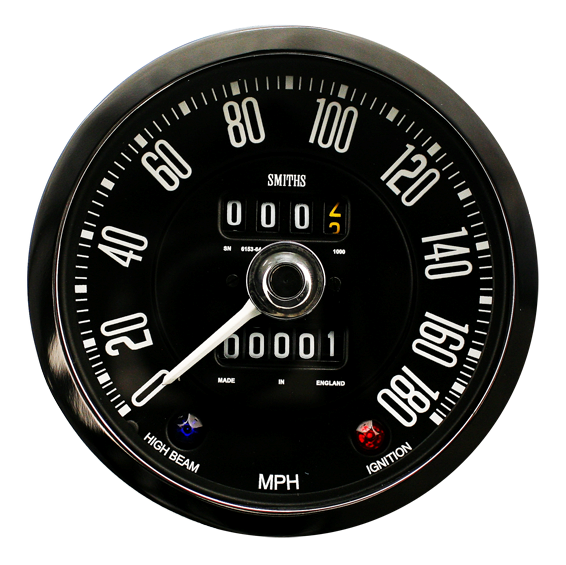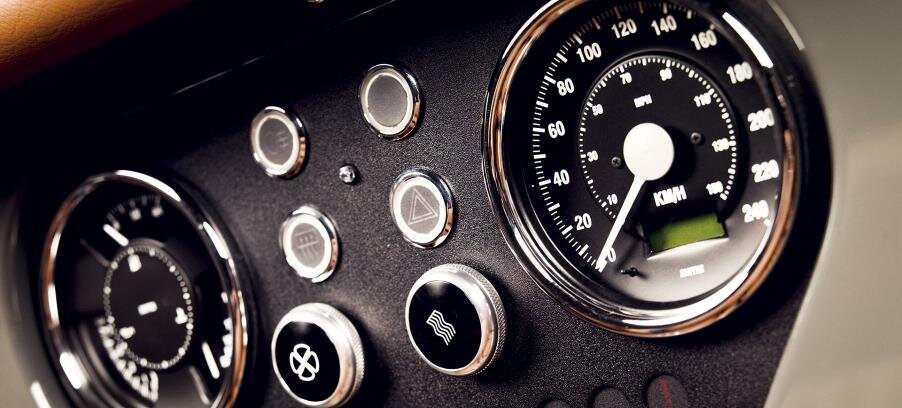Regulating the speed of a vehicle by referring to a car’s speedometer comes naturally to any driver. In fact, without the speedometer it would be impossible to drive on the UK’s roads without breaking the speed limit. So where did this essential item of measurement originate?

The Origins of the Speedometer
The speedometer is a gauge that measures and displays the instantaneous speed of a vehicle. It was first patented by German engineer Otto Schulze in 1902 and became a standard fitting in most vehicles from around 1910 onwards. The original mechanical speedometers used the principles of magnetism with a cable that spun a magnet which had a balanced copper or aluminium cup (called a speedcup) mounted above attached to a pointer. As the magnet rotated near the cup, the changing magnetic field produced eddy currents in the non-ferrous metal cap, which themselves produce another magnetic field. The effect is that the magnet exerts a torque on the cup, dragging it, and therefore the speedometer pointer, in the direction of its rotation with no mechanical connection between them. The counters were driven by gearing linked to the output of the vehicle’s transmission.

Modern speedometers are mainly electronic with a rotation sensor mounted in the transmission delivering a series of electronic pulses whose frequency corresponds to the rotational speed of the drive shaft, and therefore the vehicle’s speed. The pulses are converted into speed by a computer and the displays the speed on an electronically controlled, analog-style needle or digital display.
Smith & Sons produced the first British odometer and speedometer in the early 1900’s as the automobile took over the roadways. S Smith & Son had originally been established in London in 1871as a watch chronometer and instrument maker business.
The rest is history as the automobile grew in popularity to the point where 75% of British households now own a car.
SMITHS speedometers feature in many classic cars and motorcycles including the original Mini, the Jaguar e-Type, classic Aston Martin sports cars, and Norton motorcycles. CAI continue to manufacture classic SMITHS speedometers for classic cars and motorcycles, as well as designing new speedometers for specialist car suppliers such as Caterham, Singer Vehicle Design and Ginetta Cars and café racer motorcycle manufacturers such as Gladstone Motorcycles . CAI is also working with electric car converters and builders such as The Little Car Company and Everrati, designing a speedometer with a classic look for the modern age of motoring. Each speedometer needs to be stylish and match the unique look and feel of each car. For us, a speedometer is far more than just a gauge to measure speed.
Related News and Blogs
For further information on Speedometers or gauges in general please contact us by:
Phone: 01639 732200
Email: [email protected]
Via our website




